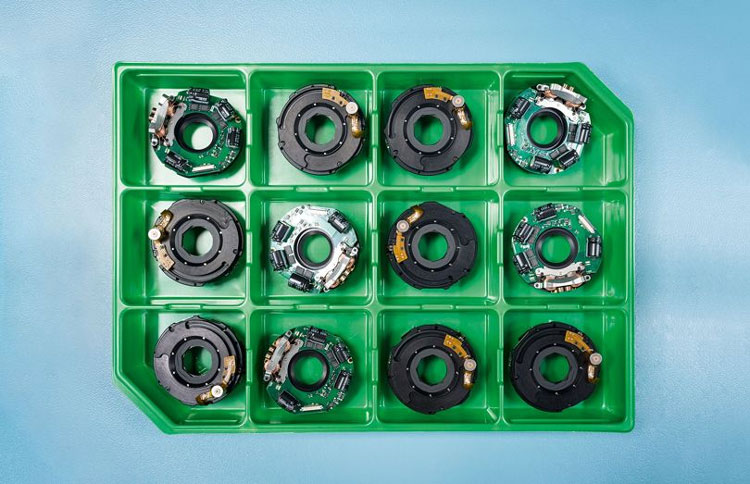First used for reconnaissance in the second world war, Hasselblad’s cameras were carried by the Apollo 11 astronauts on the first mission to the Moon. But a tougher test awaited: the switch from film to digital. “The transition was a bit faster than we had anticipated,” said Ove Bengtson, the Swedish firm’s product manager. “Photographers were changing to relatively simple digital cameras, sacrificing image quality for the benefits of digital imaging.”
Hasselblad responded in 2002 with a camera containing a film magazine and two digital backs. But the device didn’t sell well, and the next year the company ditched the hybrid approach. “We realized we needed to be able to supply a complete digital camera to survive,” Bengtson recalled. Enter the compact medium format X1D, which contains in its aluminium-milled case everything from a 50MP CMOS sensor to a three-inch LCD touchscreen, complete with a built-in electronic viewfinder.
Like all Hasselblad’s cameras, the X1D is assembled by hand at its 655m2 factory on the outskirts of Gothenburg, although product manager Bronius Rudnickas said that isn’t the most time-consuming part of the process: “We put the most time into calibrating and testing the production phase of the cameras.” (Every finished X1D is run through an average of 500 cycles to ensure it’s working.) Hasselblad received more preorders in the first ten days of the X1D’s announcement than it planned for the entire year’s production. Now its small team is doubling down on production to meet demand.
MAKING A HASSELBLAD CAMERA
- Casing
A plastic handle and aluminum housing helps keep the X1D’s weight down to 725g – making it lighter than most medium-format cameras. Aluminum also helps dissipate heat: handy if you’re recording with 50MP of resolution, which can cause overheating. It’s also dust- and weatherproof.
- Assembly
Twelve exposure units sit ready to be mounted on to X1D lenses. They are designed to sit directly on the lens, not the camera, to reduce vibration. Hasselblad works with Japanese manufacturer Nittoh on optics and autofocus electronics.
- Handwork
Dirt and dust are the greatest enemies of fine precision mechanics, so Hasselblad factory staff wear hairnets – and the camera components don protective covers. Workers at the Swedish plant need to have a steady hand to minimize the risk of costly mistakes during production.




Comments are closed, but trackbacks and pingbacks are open.